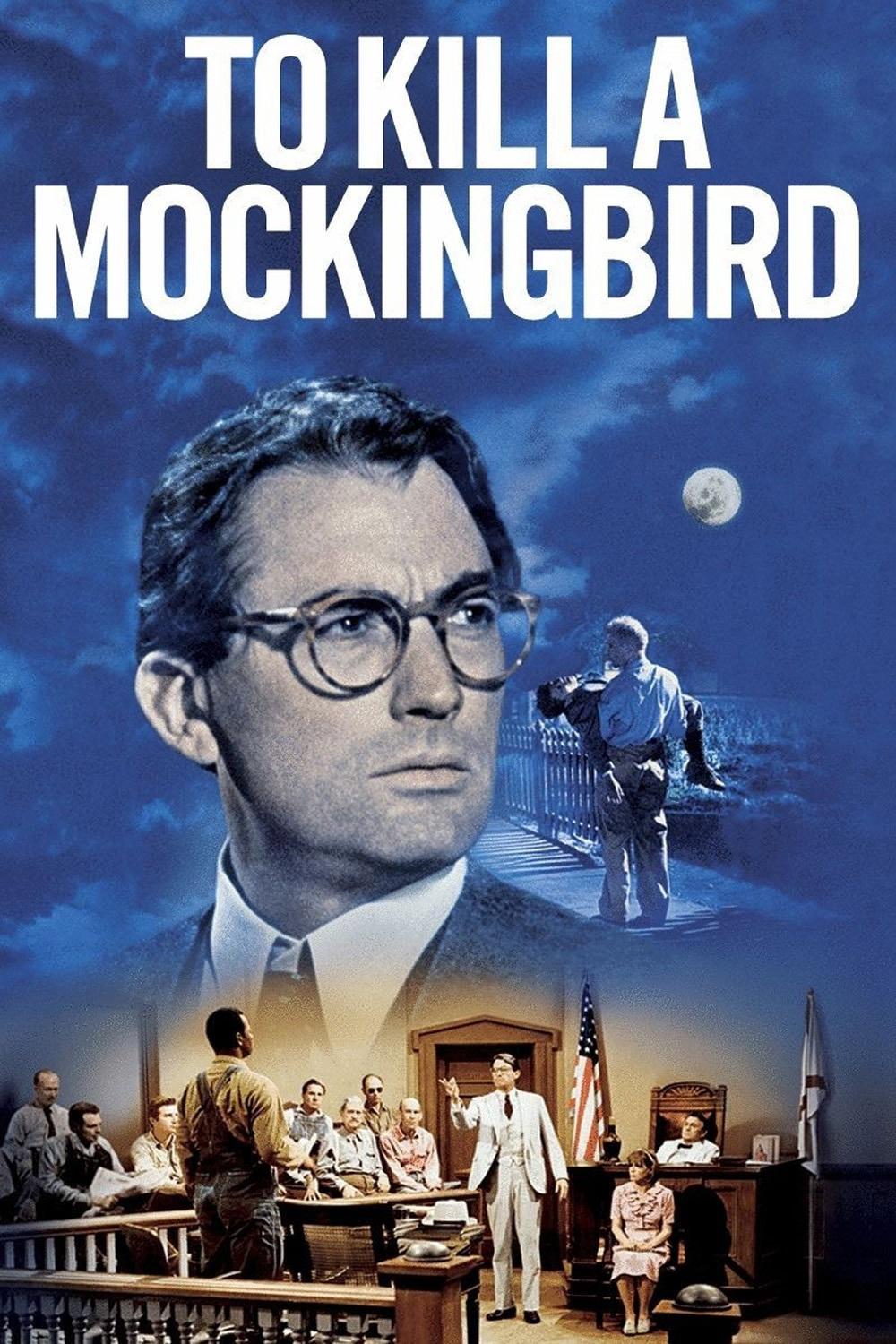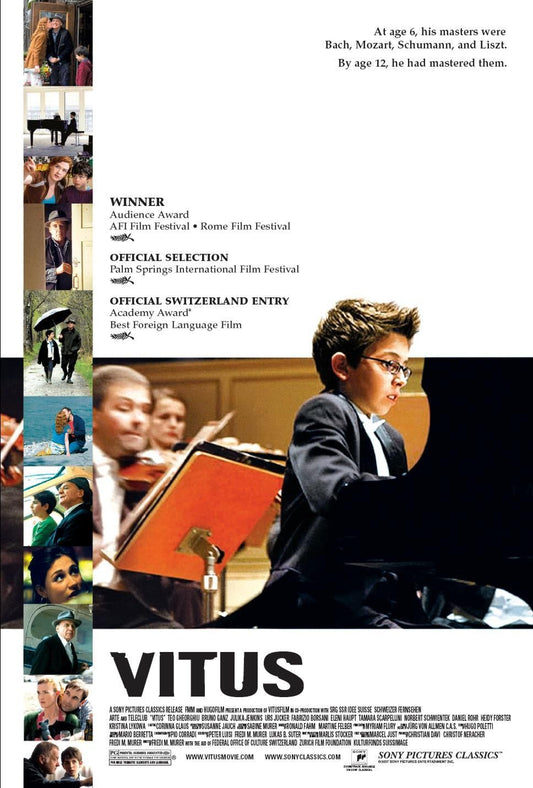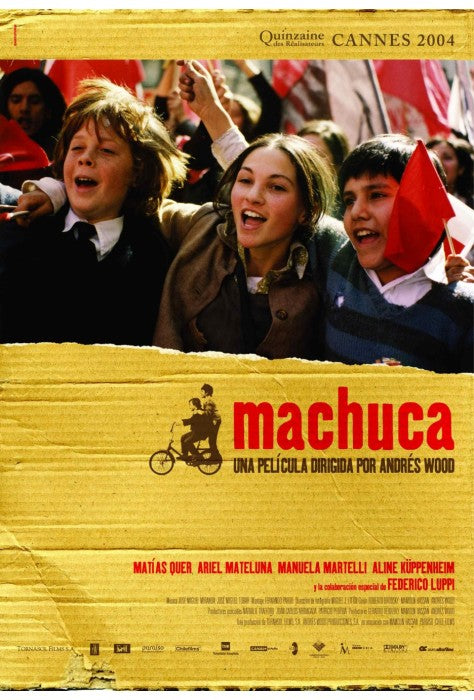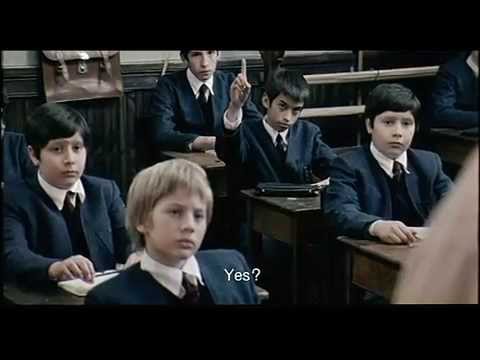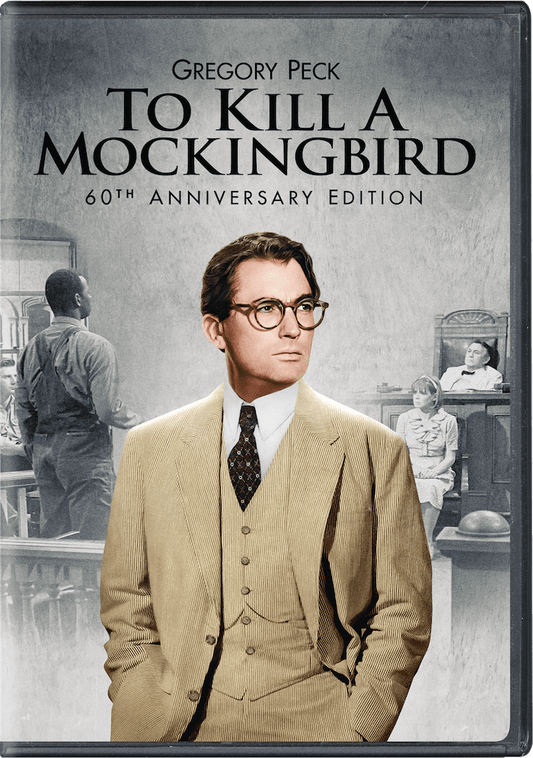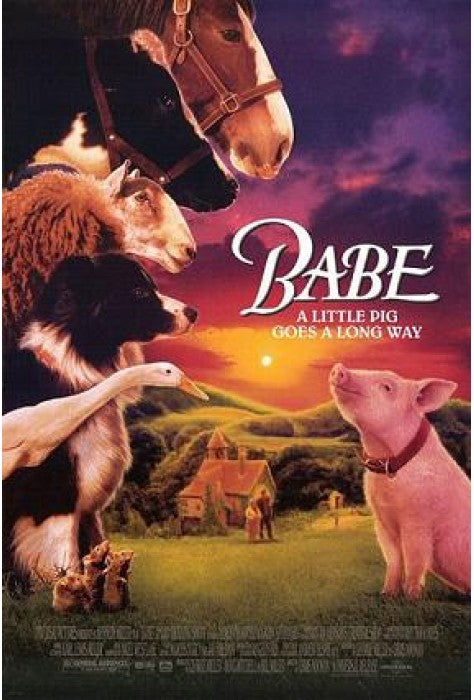Introduction: Using films in the classroom can significantly enhance language learning by providing authentic contexts and engaging narratives. "To Kill a Mockingbird," a classic American film, offers a rich storyline that explores themes of racial injustice and moral growth. This blog explores the main themes of "To Kill a Mockingbird" and provides practical tips for integrating it into your language curriculum using the FilmArobics process.
Exploring the Film: "To Kill a Mockingbird" follows the story of Atticus Finch, a lawyer who defends Tom Robinson, a black man falsely accused of raping a white woman. Narrated through the eyes of Finch’s young daughter Scout, the film addresses themes of racial injustice, empathy, and moral courage, making it an excellent resource for discussing social issues that remain relevant today.
Main Themes and Educational Value: The film's themes offer significant educational value:
- Racism: Addressing the racial prejudices of the 1930s American South.
- Morality: The moral growth of Scout as she navigates the complexities of her father’s case.
- Justice: The importance of standing up for what is right, despite societal pressures.
Using the FilmArobics Process: The FilmArobics process provides a structured approach to integrating films into language lessons. Here’s how you can use it effectively with "To Kill a Mockingbird":
-
Pre-Viewing Activities:
- Vocabulary Building: Introduce key vocabulary related to the themes of racism, justice, and morality.
- Context Setting: Provide background information on the 1930s American South and the historical context of the film.
-
Viewing Activities:
- Comprehension Checks: Pause the film at intervals to ask comprehension questions and ensure students are following the plot.
- Discussion Prompts: Encourage students to discuss the racial and moral dilemmas faced by the characters.
-
Post-Viewing Activities:
- Cultural Notes: Explore the cultural significance of the film and its impact on American society.
- Communicative Tasks: Engage students in role-plays or debates based on scenarios from the film to practice their speaking skills.
- Writing Exercises: Assign essays or creative writing tasks that allow students to express their reflections on the film’s themes.
Key Dates for Classroom Integration: To enrich your lessons further, consider aligning your activities with significant dates related to the film:
- February: Black History Month - Discuss the themes of racism and justice in the context of Black history.
- April 28: Harper Lee's Birthday - Celebrate the author’s contributions to literature.
- December 25: The film's original release date in 1962 - Explore the historical context of the film’s premiere.
Conclusion: Incorporating "To Kill a Mockingbird" into your language curriculum provides an opportunity to engage students with an inspiring story that enhances cultural understanding and language skills. This film not only aids in language learning but also fosters an appreciation for justice and moral integrity. By utilizing the FilmArobics lesson plan, you can create an immersive and impactful learning experience. Encourage your students to connect with the story of Atticus Finch and the lessons it imparts. Purchase "To Kill a Mockingbird" today and enrich your classroom with this timeless film.

